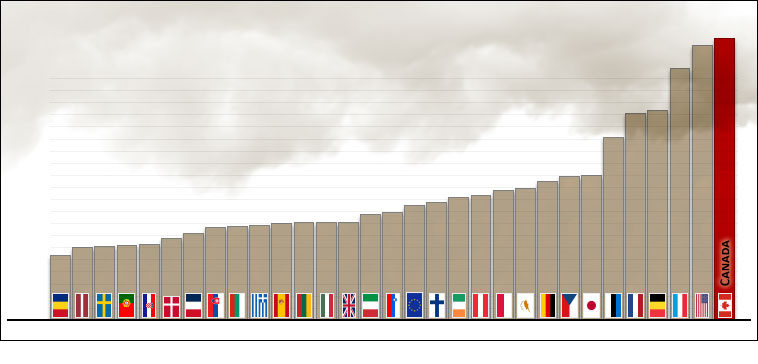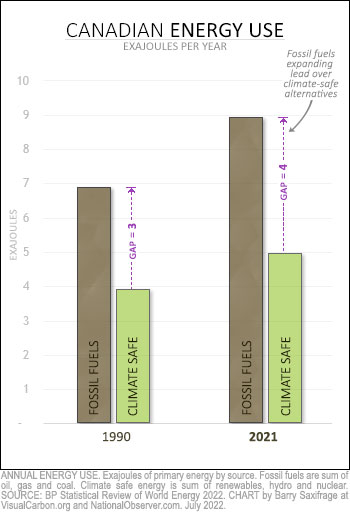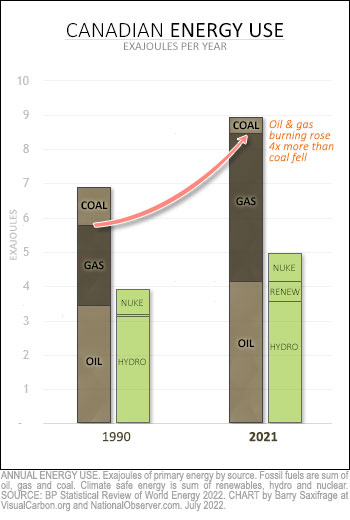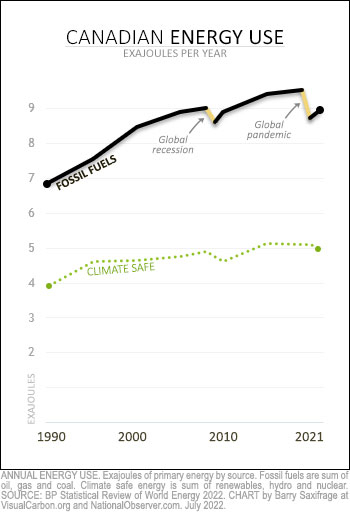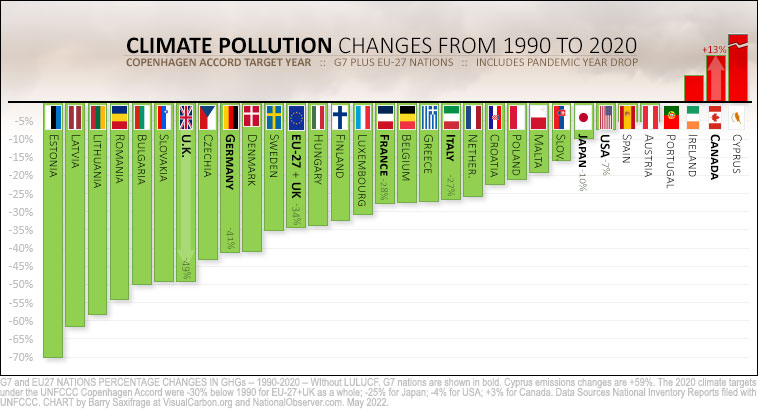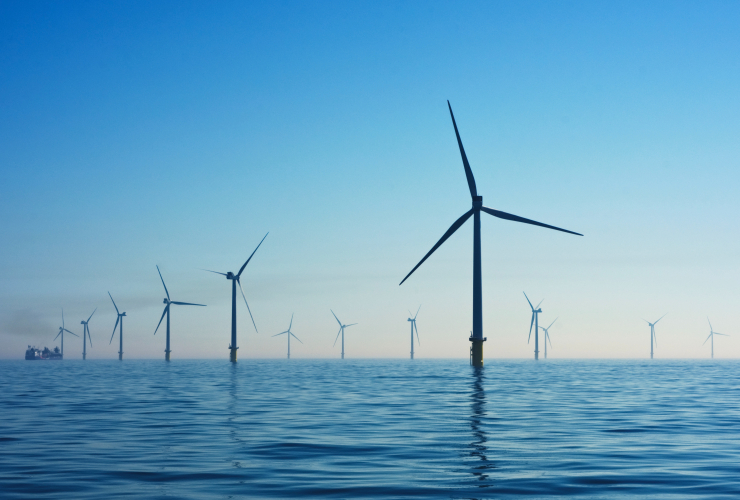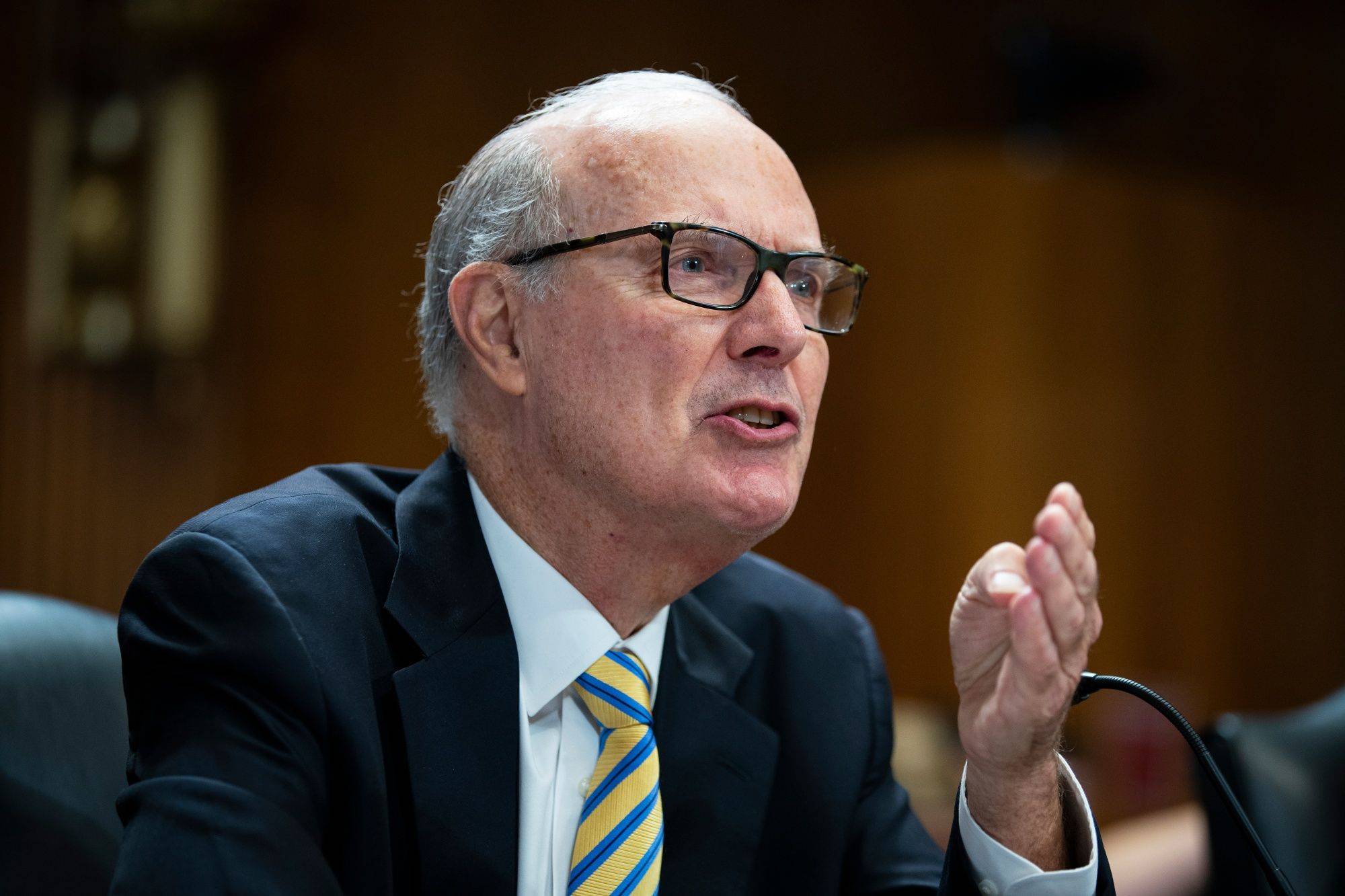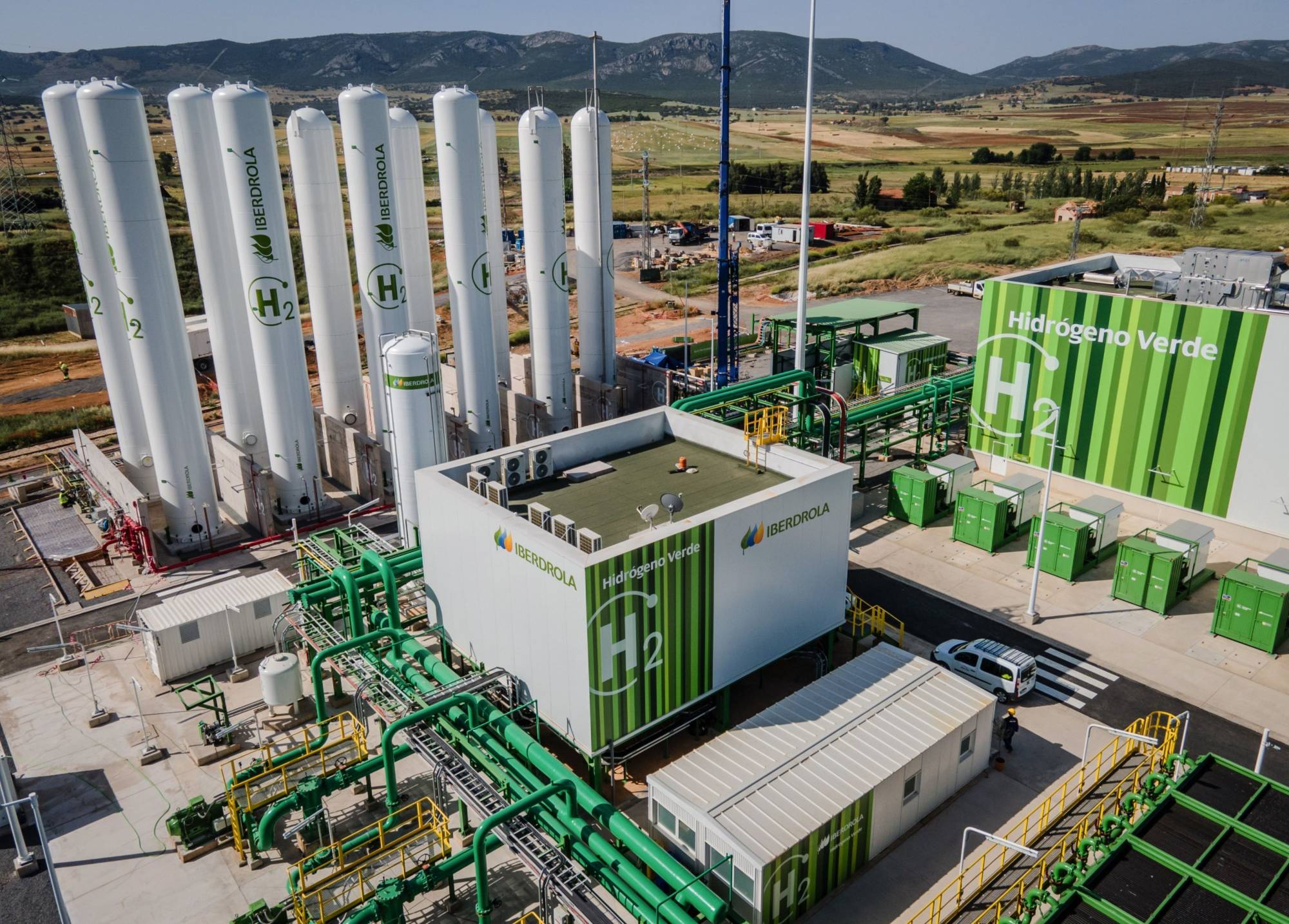New Fossil Analysis Revealed a Four Legged Fishapod That Resembles to Tiktaalik
Online jokes about Tiktaalik roseae, the famous four-legged "fishapod" that first appeared on land 375 million years ago, have been going around throughout the epidemic. In the majority of depictions, Tiktaalik is seen sticking its head out of the water and getting ready to crawl on land as a hand out of frame threatens it with a stick or a rolled-up newspaper.
The punchline is that those of us who are weary of the modern world wish we could travel back in time and stop evolution in its tracks, saving ourselves from the current era of conflict, disease, and online memes.
Evolution of Tiktaalik (Photo : David Clode/Unsplash)
(Photo : David Clode/Unsplash)

The ancient creature's fossilized remnants have shown how prehistoric life emerged from the ocean and made its clumsy initial steps toward the development of four-legged terrestrial creatures.
The bones of Tiktaalik, a 375 million year old freshwater organism that grew to three meters long and had aquatic traits combined with others better adapted to life on land, were found to provide clues to the crucial period in the history of life.
While looking for fossils on Ellesmere Island in the Canadian Arctic in 2004, researchers made the initial discovery of Tiktaalik.
Tiktaalik was an amazing creature with a unique combination of gills, scales, fins, and lungs. It also had a moveable neck, strong ribs, and a head like a crocodile.
In study that was released in 2014, researchers provide the first description of fossils from the rear half of Tiktaalik. According to the report, the animal featured lengthy hind fins, a conspicuous hip joint, and a big, strong pelvic girdle. The beast's strong fins may have helped it move through the water, but they might also have enabled it to traverse mudflats and walk on riverbeds.
The largest discovery, according to Neil Shubin, an anatomy professor at the University of Chicago and the paper's lead author, was the size of the pelvis.
The animal's pelvis is the same size as its shoulder, so you can get an idea of how enormous it is by noting that.
It is also evident from these bones that the hind appendage was already emphasized in its transition to creatures with limbs, as per The Guardian.
Read more: Decline in Earth's Oxygen Caused by Fossil Fuels, Experts Suggest
A new discovery of a new fossil
It turned out that one of Tiktaalik's close cousins had done just that, choosing to return to dwell in the open sea rather than venture onto land, as per ScienceDaily.
Recent research from the lab of Neil Shubin, Ph.D., who co-discovered Tiktaalik in 2004, reports a fossil species that are similar to Tiktaalik but differs from it in that it was better suited to life in the water.
The Tiktaalik, which could reach a height of nine feet, was larger than Qikiqtania wakei, which was just 30 inches long.
The newly discovered fossil has fragments of the upper and lower jaws, the neck, and scales.
Most critically, it has a full pectoral fin and a humerus bone that is distinct and devoid of the ridges that would identify the location of muscles and joints on a limb designed for walking on land.
The top arm of Qikiqtania was smooth and curved, more adapted to a life spent paddling underwater.
The peculiarity of Qikiqtania's arm bones suggests that it resumed water paddling after its predecessors started using their limbs for walking.
We initially believed it may be a juvenile Tiktaalik because of its lower size and the possibility that some of those processes hadn't fully completed, according to Shubin.
It's extremely smooth and boomerang-shaped, but the humerus lacks the components that would support it thrusting up on land.
The fossil was discovered by Shubin, the Robert R. Bensley Distinguished Service Professor of Organismal Biology and Anatomy at the University of Chicago, at a location about one mile east of southern Ellesmere Island in the territory of Nunavut in northern Arctic Canada, days before Tiktaalik was found.
The Inuktitut term Qikiqtaaluk or Qikiqtani, the traditional name for the area where the fossil site is located, is whence the name Qikiatania originates.
In honor of the late David Wake, a renowned evolutionary scientist from the University of California in Berkeley, the species name wakei was given.
Tiktaalik and Qikiqtania are just somewhat older than one another. According to the team's examination of its position on the evolutionary tree, it, like Tiktaalik, is situated close to the oldest known organisms with finger-like digits.
Qikiqtania had a distinctive pectoral fin that was more suited to swimming, but it wasn't fully fish-like.
Different from the jointed, muscled legs or fan-shaped fins we see in modern tetrapods and fish, its curving paddle form was a distinctive adaption.
The Qikiqtania demonstrates that some species continued on a different course that eventually didn't work out, contrary to the common belief that animals developed in a straight line from their primordial beginnings to some living creatures today.

